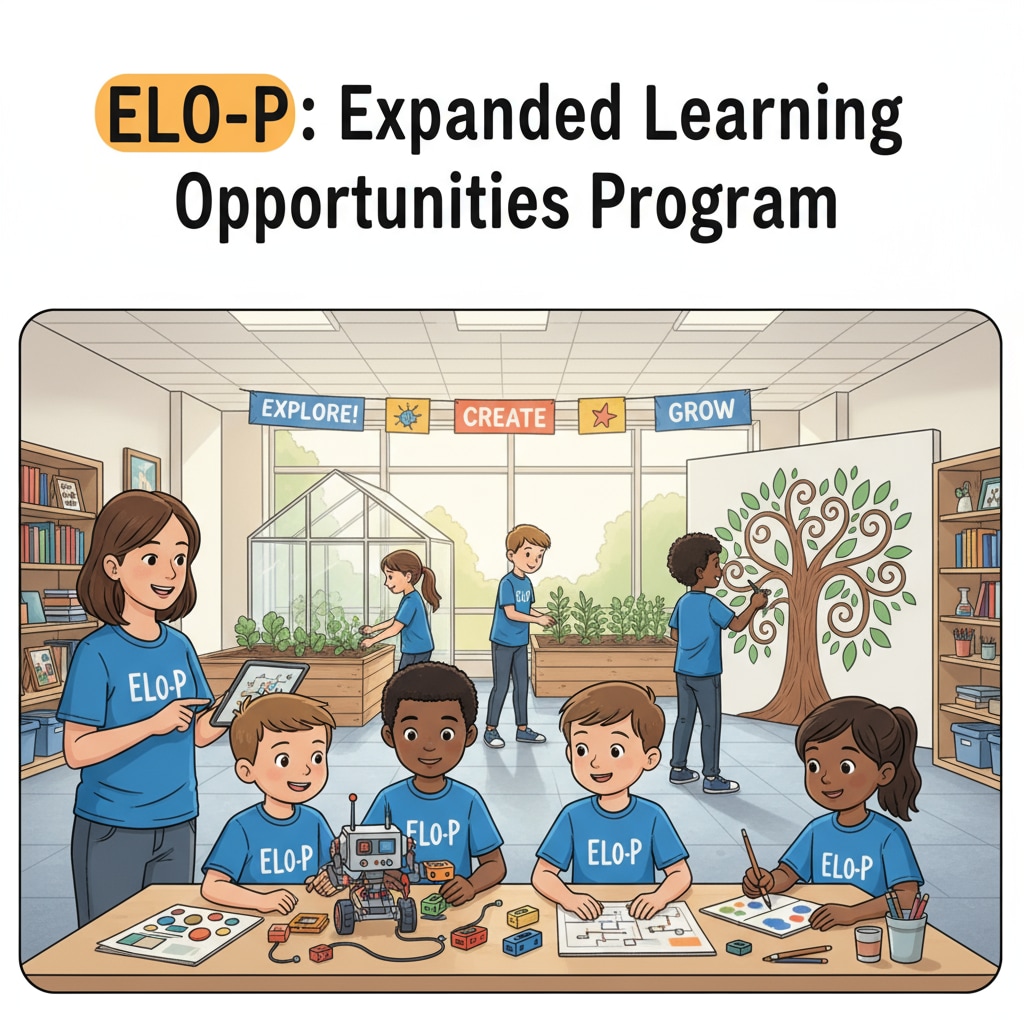The Extended Learning Opportunity Program (ELO-P) in California is a significant component of educational funding, designed to offer extended learning opportunities. This program plays a crucial role in bridging learning gaps and providing students with a chance for all-round development. Let’s delve into its evaluation and how it can be further optimized to benefit every child.

The Significance of ELO-P in Educational Landscape
ELO-P is more than just an addition to regular school hours. It serves as a lifeline for many students who may be struggling academically or need additional support to explore their interests. For example, students from disadvantaged backgrounds can gain access to resources and activities that are otherwise unavailable to them. As a result, it promotes educational equity by ensuring that every child has a fair shot at success.
Implementation and Achievements of ELO-P
Since its inception, ELO-P has made notable progress. Many schools have successfully implemented various extended learning activities, such as tutoring sessions, art workshops, and sports clubs. These activities have not only enhanced students’ academic performance but also improved their social skills and overall well-being. According to California Department of Education, numerous students have shown significant improvement in standardized test scores and engagement in school.

Challenges Faced by ELO-P
However, the implementation of ELO-P is not without challenges. One of the major issues is the uneven distribution of resources. Some schools in less affluent areas may not have enough funding to provide high-quality extended learning opportunities. In addition, there may be a shortage of qualified instructors to lead these activities. This can limit the effectiveness of the program and prevent some students from fully benefiting from it.
Optimizing ELO-P for Greater Impact
To overcome these challenges, several steps can be taken. First, there should be a more equitable distribution of educational funding to ensure that all schools can offer quality ELO-P programs. Second, efforts should be made to recruit and train more qualified instructors. By doing so, we can enhance the quality of extended learning activities and ensure that every child can make the most of these opportunities.
Readability guidance: As we’ve seen, ELO-P has the potential to transform education in California. By addressing the challenges and implementing improvements, we can ensure that extended learning truly becomes a powerful tool for educational equity, benefiting each and every student.


